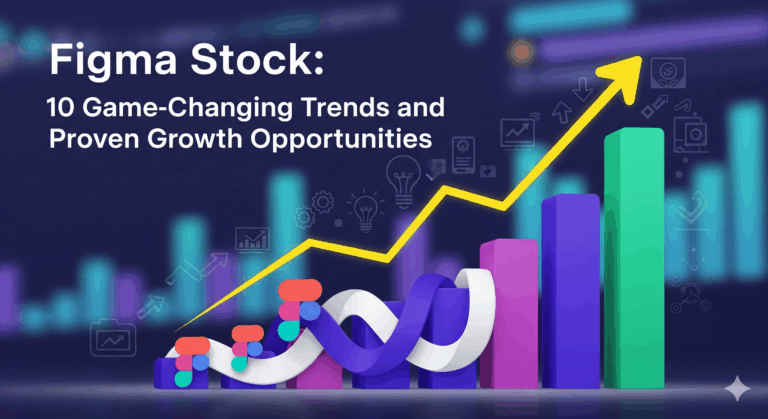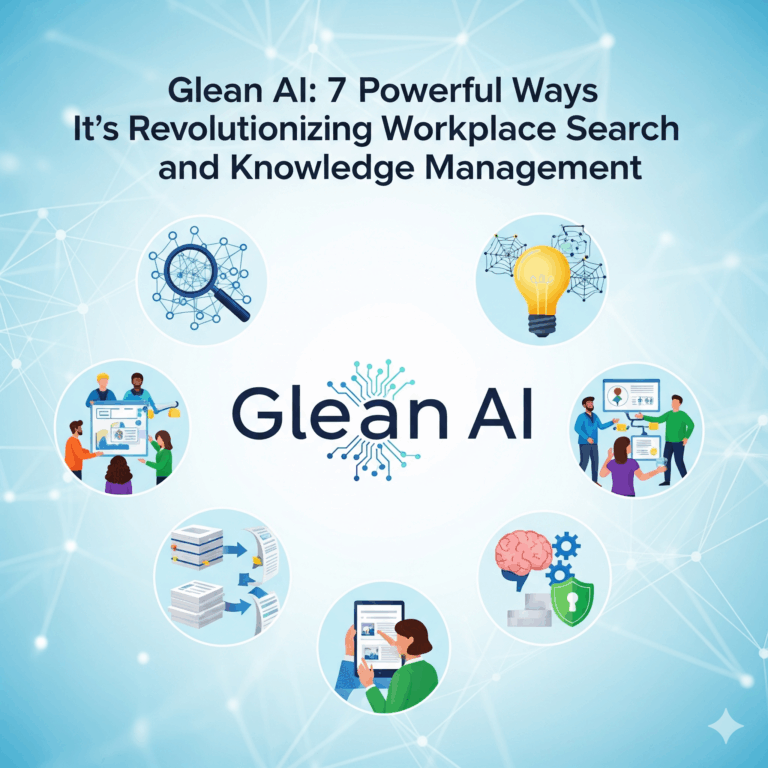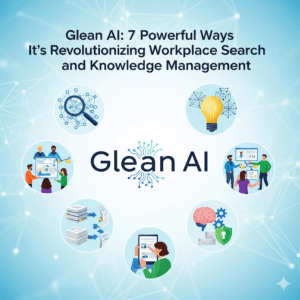
Are you looking for investment, pitch your idea with us!
In today’s digital-first world, organizations generate enormous amounts of data every second. From application logs to metrics, traces, and security events, businesses are overwhelmed by the challenge of collecting, processing, and analyzing this data effectively. Traditional log management tools are often rigid, expensive, and incapable of scaling with modern needs. This is where Cribl has emerged as a game changer.
Cribl is not just another log management platform; it’s a data observability pipeline designed to give organizations control, flexibility, and efficiency over their data. With its flagship product, Cribl Stream, the company enables IT teams to route, enrich, and optimize data before it ever reaches costly storage or analytics platforms.
In this article, we’ll explore 7 powerful reasons why Cribl is shaping the future of data observability and streaming.
1. Flexibility to Route Data Anywhere
One of the biggest strengths of Cribl is its ability to act as a universal router for data. Organizations are no longer locked into one vendor or tool. With Cribl, you can send data from virtually any source to any destination.
For example:
- Logs from Kubernetes clusters can be routed to Splunk.
- Security events can be directed to SIEM platforms.
- Raw data can be archived cheaply in Amazon S3.
This flexibility gives businesses the freedom to choose the best tools for their use cases without worrying about vendor lock-in.
2. Significant Cost Savings
Data storage and analytics platforms like Splunk, Datadog, or Elastic are powerful, but they can become extremely expensive as data volumes grow. By filtering, shaping, and routing only the necessary data to these platforms, Cribl helps organizations cut costs dramatically.
For instance:
- Noise and duplicate logs can be dropped.
- Low-value data can be archived in inexpensive object storage.
- High-value data is prioritized for real-time analytics.
This approach ensures maximum ROI on every terabyte of data ingested.
3. Improved Observability and Control
Observability is about more than just collecting logs—it’s about understanding systems deeply. Cribl enhances observability by allowing IT teams to enrich data streams in real time.
Examples of enrichments include:
- Adding geolocation data to IP addresses.
- Attaching user information from a database.
- Normalizing log formats for easier correlation.
With this level of control, organizations gain clearer visibility into their infrastructure, improving both monitoring and troubleshooting.
4. Scalability for Modern Workloads
As organizations adopt microservices, cloud-native architectures, and IoT systems, the volume of data has exploded. Traditional tools often choke under this pressure.
Cribl is designed to scale effortlessly, handling millions of events per second. Whether you’re a small startup or a Fortune 500 enterprise, Cribl can grow with your needs.
This scalability ensures that businesses don’t have to constantly re-architect their observability stack as they expand.
5. Cloud-Native and Future-Ready
In a world moving rapidly to the cloud, Cribl is built to support hybrid and multi-cloud environments. It integrates seamlessly with AWS, Azure, Google Cloud, and on-premise data centers.
Features like:
- Support for cloud object storage (S3, GCS, Azure Blob).
- Easy deployment via Kubernetes.
- API-driven automation.
…make Cribl a future-ready solution that fits perfectly into modern DevOps and cloud-native ecosystems.
6. Empowering IT and Security Teams
One of Cribl’s most compelling strengths is its ability to empower teams. Instead of being at the mercy of rigid vendor tools, IT and security teams now have fine-grained control over their data.
- Security teams can prioritize threat intelligence.
- Developers can shape logs to aid debugging.
- Operations can ensure compliance with data retention rules.
This empowerment translates into faster incident response, better decision-making, and improved collaboration across departments.
7. A Growing Ecosystem and Community
Finally, Cribl isn’t just a tool—it’s part of a growing ecosystem. The company offers multiple solutions, including Cribl Stream, Cribl Edge, and Cribl Search, each designed to address specific data challenges.
In addition, Cribl has fostered a vibrant user community where IT professionals share knowledge, best practices, and custom integrations. This ecosystem ensures that Cribl will continue to evolve with industry needs, making it a long-term partner for observability.
Conclusion
The future of IT and business success lies in making sense of overwhelming data volumes. Traditional tools alone can’t keep up—they’re too costly, rigid, and limited in scale.
Cribl stands out as a revolutionary platform that gives organizations the power to route, shape, enrich, and control data at scale. With benefits ranging from cost savings and scalability to empowerment of teams and future-readiness, Cribl is rightly positioned as the future of data observability and streaming.
If your organization is struggling with ballooning data costs, complex observability pipelines, or limited visibility, now is the time to explore what Cribl can do.
By embracing Cribl, businesses can ensure that they stay ahead of the curve in an increasingly data-driven world.























